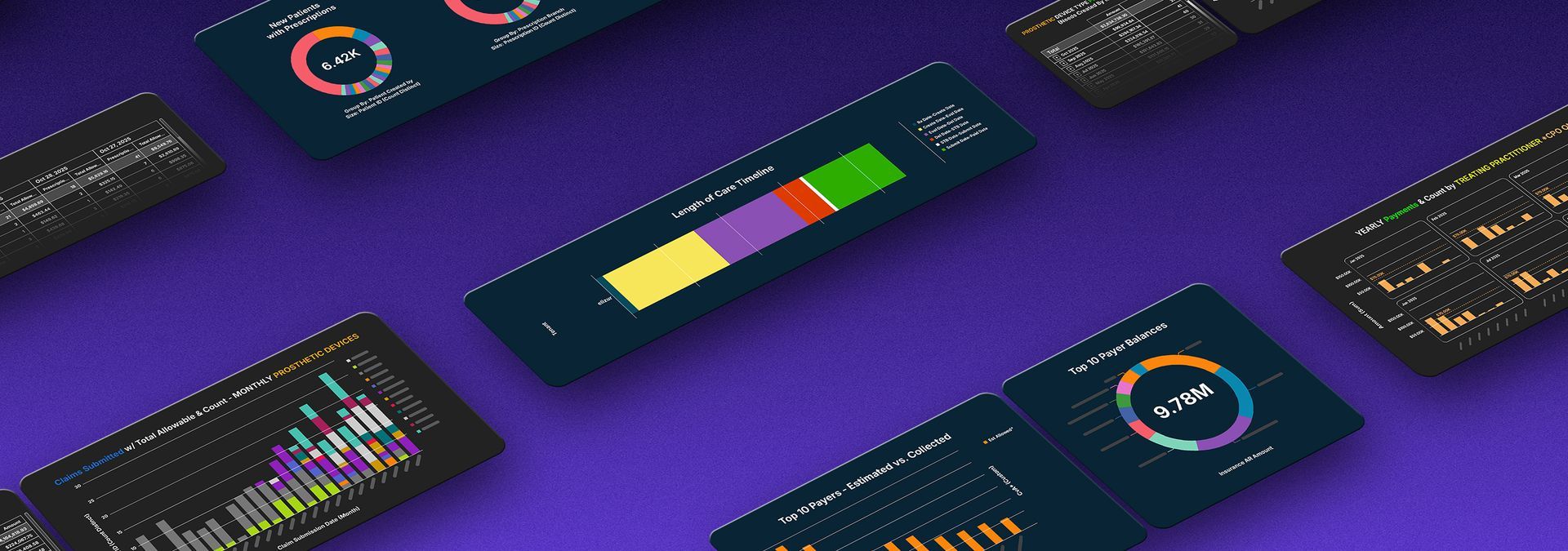Rapid Adoption is Possible with Native-SaaS Software
Many O&P practices run lean operations and have limited budgets to support the hiring of technical resources that are necessary to maintain today’s complex technology environments. To combat this challenge, many practices turn to “cloud” or “hosted” solutions that have the promise of alleviating these burdens.
However, it is important for leaders to understand the differences in all of these terms that sound alike but can be deceiving to buyers. Native-cloud SaaS solutions, like Nymbl, bring a unique advantage to O&P practices who want to access the latest features and capabilities quickly but don’t have the IT resources or budgets necessary to do so.
Continuous innovation and frequent delivery of new functionality are key advantages of SaaS applications that are natively built for the cloud from the outset. This approach allows for regular updates, maintenance, and feature releases without causing disruptions to the user experience, ensuring that the application remains secure, up-to-date, and responsive to user needs.
Key Points to Know:
- Automatic Updates: SaaS applications are typically updated automatically, meaning that users always have access to the latest features, performance improvements, and security patches without needing to take any action. These updates are usually deployed in the background, minimizing or eliminating downtime.
- Minimal Disruption: Because the application is cloud-based, updates and maintenance can be carried out with minimal disruption to users. The architecture of a cloud-native SaaS application is designed to support rolling updates, where different parts of the system are updated incrementally without taking the entire application offline.
- Continuous Improvement: SaaS providers often operate on a continuous delivery model, where new features and improvements are released on a regular basis. This means that the application is constantly evolving based on user feedback, market demands, and technological advancements, keeping it competitive and relevant.
- Lower Maintenance Burden for Users: In a SaaS model, the provider handles all the maintenance tasks, including software updates, security monitoring, and infrastructure management. This significantly reduces the burden on the user’s IT team, freeing them to focus on other strategic initiatives.
Contrast with Converted Applications:
- Complex Update Processes: Converted applications may not support seamless updates due to their legacy architecture. Updates might require significant downtime, manual intervention, or even temporary service interruptions, leading to a more disruptive experience for users.
- Infrequent Updates: Because of the challenges associated with updating converted applications, these updates might be less frequent or more time-consuming. This can lead to longer periods between updates, during which the application might become outdated or vulnerable to security risks.
- Higher Maintenance Costs: Maintaining a converted application can be more expensive and resource-intensive than maintaining a cloud-native SaaS application. This is because the provider may need to address compatibility issues, legacy code, or infrastructure challenges that aren’t present in a SaaS application designed for the cloud.
- User Downtime: With converted applications, users might experience more downtime during updates or maintenance windows, which can disrupt business operations and reduce productivity.
Let’s talk
!
With 12 releases each year, Nymbl’s native-SaaS solutions give O&P practices the ability to keep up with industry trends and access the latest capabilities without requiring heavy IT investments and resources.




